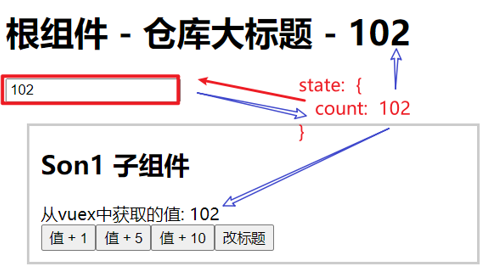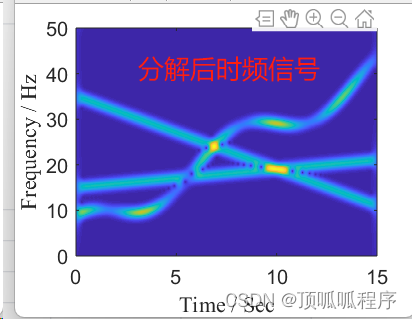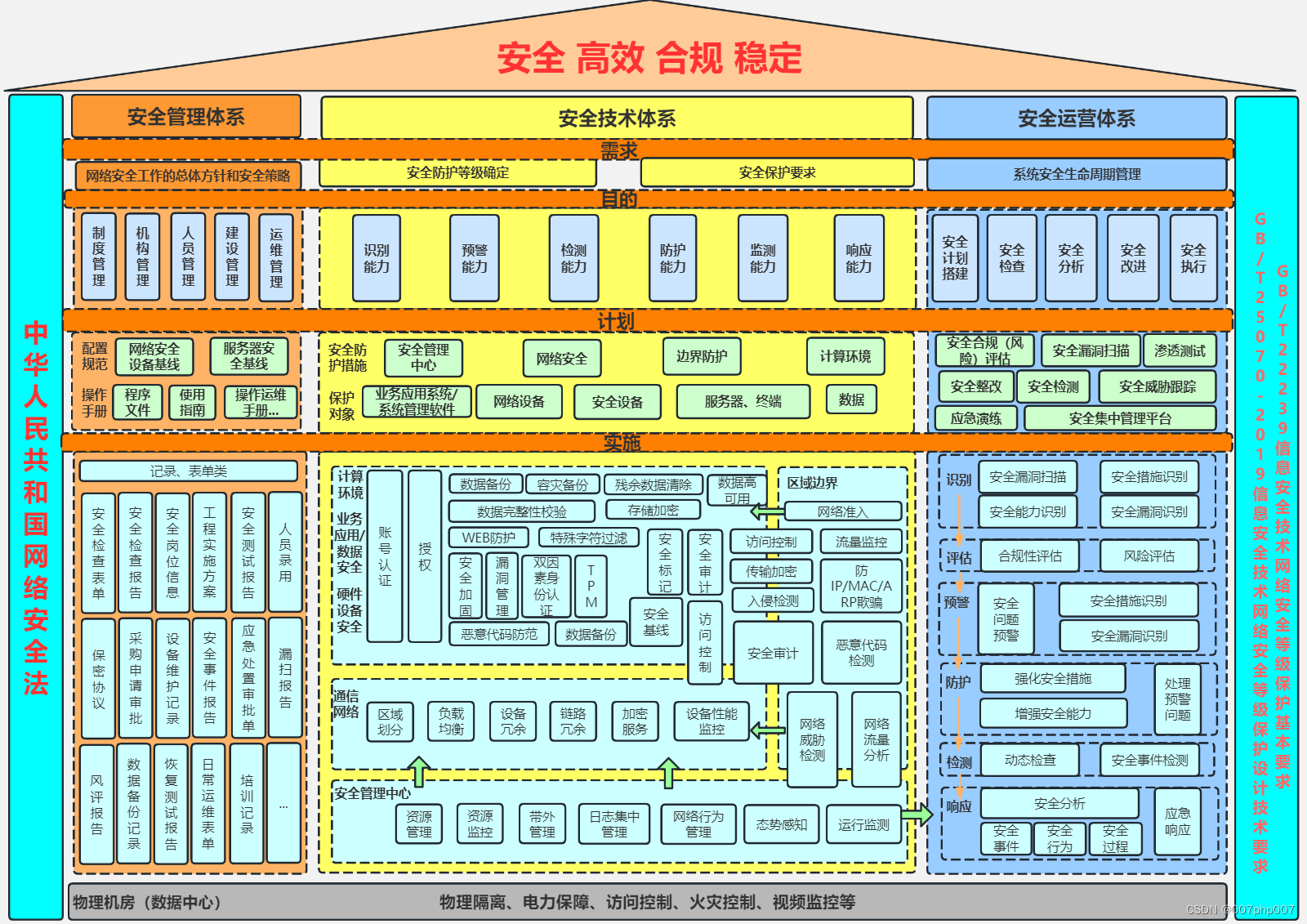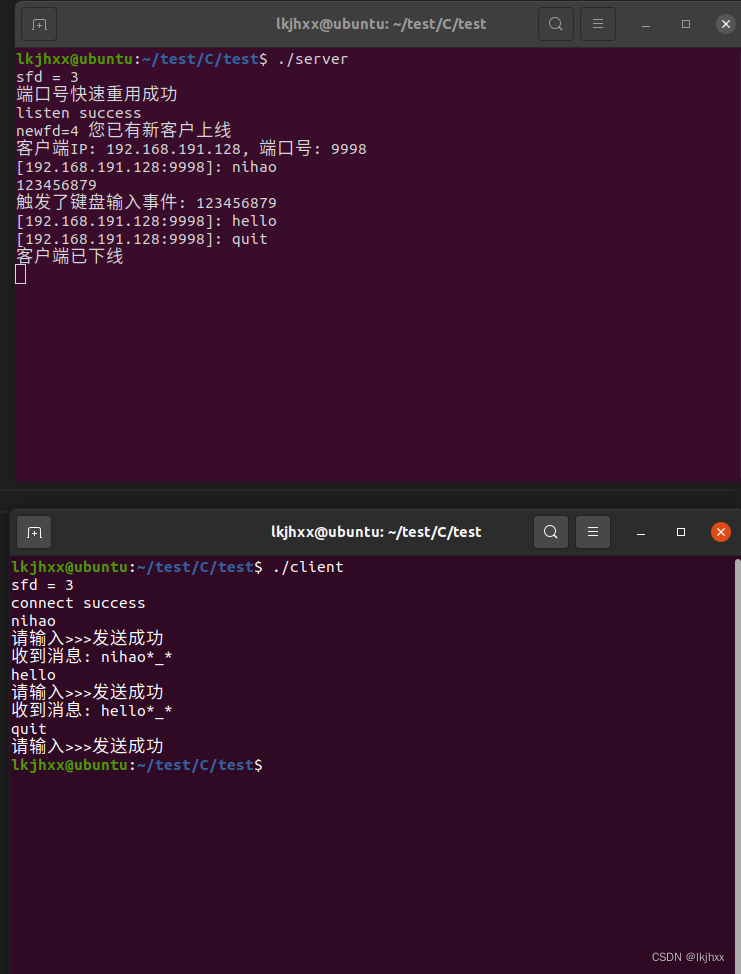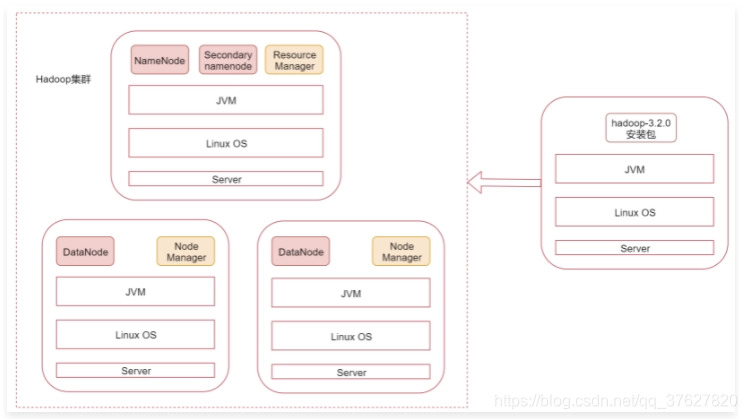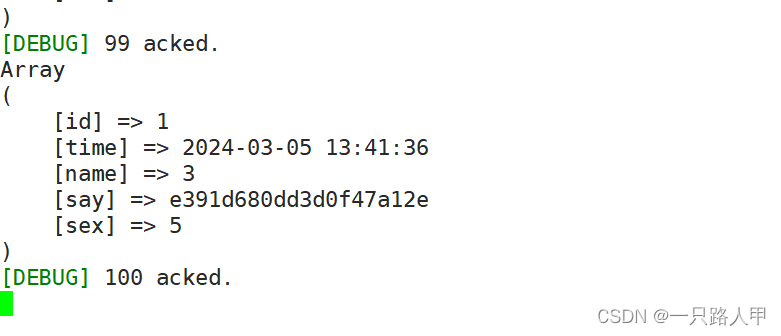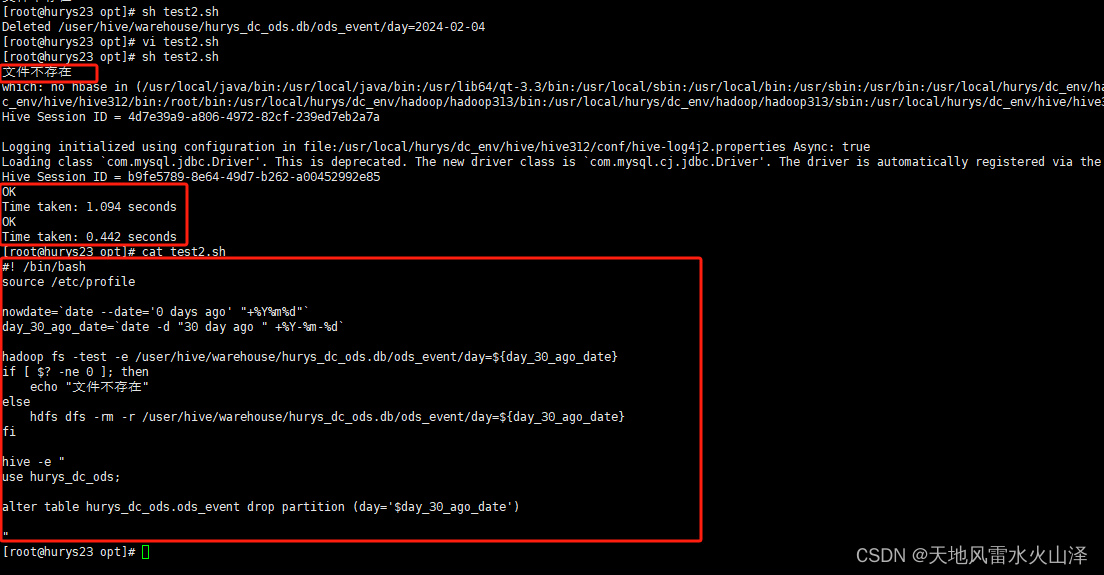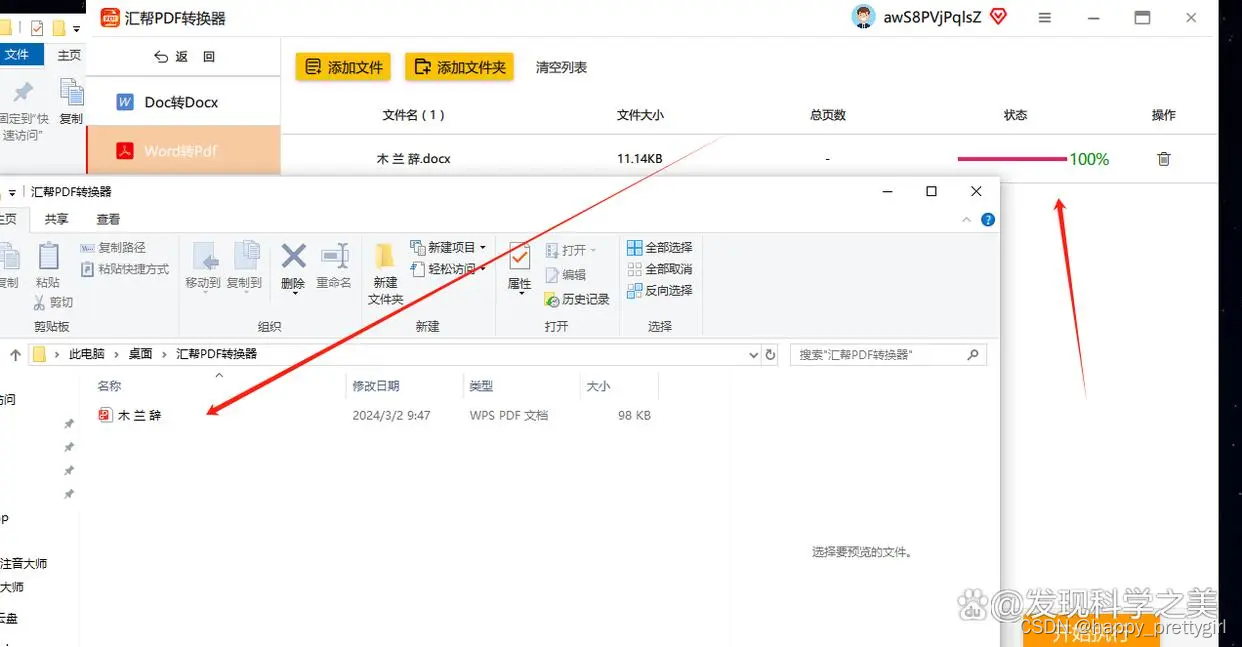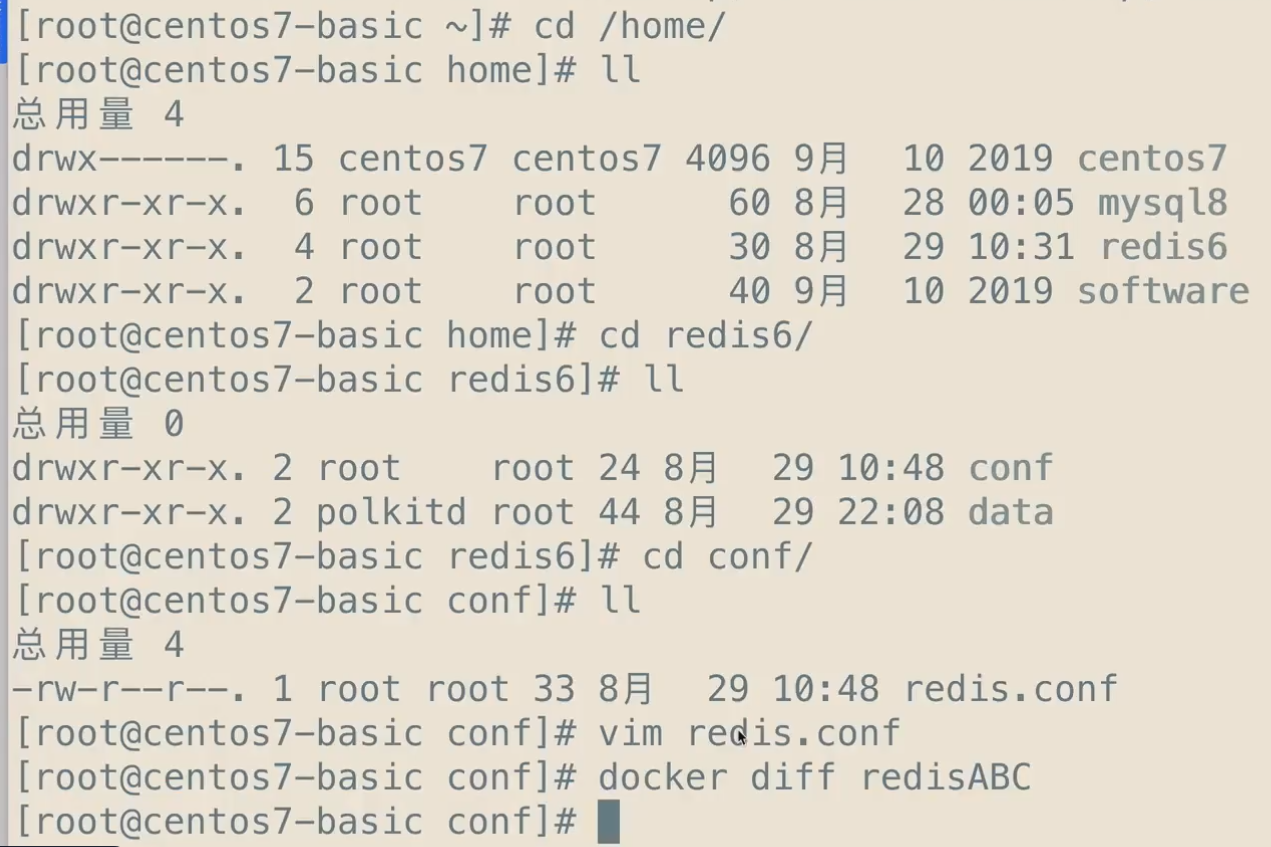Vue基础入门(4)- Vuex的使用
Vuex
主要内容:Store以及其中的state、mutations、actions、getters、modules属性
介绍:Vuex 是一个 Vue 的 状态管理工具,状态就是数据。
大白话:Vuex 是一个插件,可以帮我们管理 Vue 通用的数据 (多组件共享的数据)。例如:购物车数据 个人信息数据
使用场景:
-
某个状态 在 很多个组件 来使用 (个人信息)
-
多个组件 共同维护 一份数据 (购物车)
优势:
-
共同维护一份数据,数据集中化管理
-
响应式变化
-
操作简洁 (vuex提供了一些辅助函数)

注意:
- 不是所有的场景都适用于vuex,只有在必要的时候才使用vuex
- 使用了vuex之后,会附加更多的框架中的概念进来,增加了项目的复杂度 (数据的操作更便捷,数据的流动更清晰)
22.1 多组件共享数据
使用场景:
多个组件共享一份数据
任意一个组件都可以修改数据
22.2 创建仓库
安装:
安装vuex与vue-router类似,vuex是一个独立存在的插件,如果脚手架初始化没有选 vuex,就需要额外安装。
yarn add vuex@3 或者 npm i vuex@3
新建 store/index.js 专门存放 vuex:

创建仓库 store/index.js :
// 导入 vue
import Vue from 'vue'
// 导入 vuex
import Vuex from 'vuex'
// vuex也是vue的插件, 需要use一下, 进行插件的安装初始化
Vue.use(Vuex)
// 创建仓库 store
const store = new Vuex.Store({
//后期会写大量配置
})
// 导出仓库
export default store
在 main.js 中导入挂载到 Vue 实例上:
- 导入store
- store为状态管理器,用于在 Vue 应用的各个组件之间共享状态
import Vue from 'vue'
import App from './App.vue'
import store from './store'
Vue.config.productionTip = false
new Vue({
render: h => h(App),
store
}).$mount('#app')
此刻起, 就成功创建了一个 空仓库
22.3 state 状态 重要
明确如何给仓库 提供数据,如何 使用仓库的数据
-
State提供唯一的公共数据源,所有共享的数据都要统一放到Store中的State中存储。
-
打开项目中的store.js文件,在state对象中可以添加我们要共享的数据。
// 创建仓库 store
const store = new Vuex.Store({
// state 状态, 即数据, 类似于vue组件中的data,
// 区别:
// 1.data 是组件自己的数据,
// 2.state 中的数据整个vue项目的组件都能访问到
state: {
count: 101
}
})
22.4 访问数据
- 通过$store直接访问 → {{ $store.state.count }}
- 通过辅助函数mapState 映射计算属性 —> {{ count }}
22.4.1 通过$store访问的语法
获取 store:
1.Vue模板中获取 this.$store
2.js文件中获取 import 导入 store
模板中: {{ $store.state.xxx }}
组件逻辑中: this.$store.state.xxx
JS模块中: store.state.xxx
模板中:
<h1>state的数据 - {{ $store.state.count }}</h1>
逻辑中:
将state属性定义在计算属性中 https://vuex.vuejs.org/zh/guide/state.html
<h1>state的数据 - {{ count }}</h1>
// 把state中数据,定义在组件内的计算属性中
computed: {
count () {
return this.$store.state.count
}
}
js文件中:
//main.js
import store from "@/store"
console.log(store.state.count)
22.4.2 通过辅助函数mapState 映射计算属性
mapState是辅助函数,帮助我们把store中的数据映射到 组件的计算属性中, 它属于一种方便的用法
用法:

导入:
在相关vue的逻辑代码中
import { mapState } from 'vuex'
采用数组形式引入state属性:
mapState(['count'])
上面代码的最终得到的是 类似于
count () {
return this.$store.state.count
}
利用展开运算符 将导出的状态映射给计算属性:
展开运算符:js语法中的基础知识点。
computed: {
...mapState(['count'])
}
上面的代码相当于:
computed: { count () { return this.$store.state.count } }
mapState映射一般都写在computed计算属性中
<div> state的数据:{{ count }}</div>
22.4.3 开启严格模式及Vuex的单项数据流
明确 vuex 同样遵循单向数据流,组件中不能直接修改仓库的数据
开启严格模式
通过 strict: true 可以开启严格模式,开启严格模式后,直接修改state中的值会报错
state数据的修改只能通过mutations,并且mutations必须是同步的

22.5 核心概念-mutations
mutations是一个对象,对象中存放修改state的方法
22.5.1 定义mutations
const store = new Vuex.Store({
state: {
count: 0
},
// 定义mutations
mutations: {
}
})
格式说明:
mutations是一个对象,对象中存放修改state的方法
mutations: {
// 方法里参数 第一个参数是当前store的state属性
// payload 载荷 运输参数 调用mutations的时候 可以传递参数 传递载荷
addCount (state) {
state.count += 1
}
},
组件中提交 mutations:
this.$store.commit('addCount')
22.5.2 带参数的 mutations
提交 mutation 是可以传递参数的 this.$store.commit('xxx', 参数)
提供mutation函数(带参数):
mutations: {
...
addCount (state, count) {
state.count = count
}
},
提交mutation:
handle ( ) {
this.$store.commit('addCount', 10)
}
小tips: 提交的参数只能是一个, 如果有多个参数要传, 可以传递一个对象:
this.$store.commit('addCount', {
count: 10
})
第二部分和第三部分的代码写在哪里呢?
相关vue模块的逻辑代码中
22.6 Vuex中的值和组件中的input双向绑定
熟练mutations 传参语法,实时输入,实时更新。
但注意,数据只能单向传播,如下图,只能通过根组件,去修改子组件中的数
22.6.1 实现步骤

1~2步:
App.vue
<input :value="count" @input="handleInput" type="text">
第 3 步:
store/index.js
mutations: {
changeCount (state, newCount) {
state.count = newCount
}
},
第 4 步:
App.vue
<input :value="count" @input="handleInput" type="text">
export default {
methods: {
handleInput (e) {
// 1. 实时获取输入框的值
const num = +e.target.value
// 2. 提交mutation,调用mutation函数
this.$store.commit('changeCount', num)
}
}
}
22.7 辅助函数- mapMutations
mapMutations和mapState很像,它把位于mutations中的方法提取了出来,我们可以将它导入
前面我们用mapState可以获取Store中的state数据
import { mapMutations } from 'vuex'
methods: {
...mapMutations(['addCount'])
}
上面代码的含义是将mutations的方法导入了methods中,等价于
methods: {
// commit(方法名, 载荷参数)
addCount () {
this.$store.commit('addCount')
}
}
此时,就可以直接通过this.addCount调用了
<button @click="addCount">值+1</button>
但是请注意: Vuex中mutations中要求不能写异步代码,如果有异步的ajax请求,应该放置在actions中(下面一节内容)
与mapState对比:
mapState是返回state值,获取值;mapMutations是调用mutation中的方法
22.8 核心概念 - actions
state是存放数据的,mutations是同步更新数据 (便于监测数据的变化, 更新视图等, 方便于调试工具查看变化),
actions则负责进行异步操作
说明:mutations必须是同步的
需求: 一秒钟之后, 要给一个数去修改state

定义actions
mutations: {
changeCount (state, newCount) {
state.count = newCount
}
}
actions: {
setAsyncCount (context, num) {
// 一秒后, 给一个数, 去修改 num
setTimeout(() => {
context.commit('changeCount', num)
}, 1000)
}
},
组件中通过dispatch调用
setAsyncCount () {
this.$store.dispatch('setAsyncCount', 666)
}

- actions中的方法,异步调用mutations中的方法;
- mutations中的方法,修改state中的数据
22.9 辅助函数 -mapActions
mapActions 是把位于 actions中的方法提取了出来,映射到组件methods中
Son2.vue
import { mapActions } from 'vuex'
methods: {
...mapActions(['changeCountAction'])
}
//mapActions映射的代码 本质上是以下代码的写法
//methods: {
// changeCountAction (n) {
// this.$store.dispatch('changeCountAction', n)
// },
//}
直接通过 this.方法 就可以调用
<button @click="changeCountAction(200)">+异步</button>
间接实现在methods中调用actions中的异步方法
22.10 核心概念 - getters
除了state之外,有时我们还需要从state中**筛选出符合条件的一些数据**,这些数据是依赖state的,此时会用到getters
例如,state中定义了list,为1-10的数组,
state: {
list: [1, 2, 3, 4, 5, 6, 7, 8, 9, 10]
}
组件中,需要显示所有大于5的数据,正常的方式,是需要list在组件中进行再一步的处理,但是getters可以帮助我们实现它
定义getters
getters: {
// getters函数的第一个参数是 state
// 必须要有返回值
filterList: state => state.list.filter(item => item > 5)
}
使用getters
-
原始方式-$store
<div>{{ $store.getters.filterList }}</div> -
辅助函数 - mapGetters
computed: { ...mapGetters(['filterList']) }<div>{{ filterList }}</div>
使用小结

22.11 核心概念 - module
由于使用单一状态树,应用的所有状态会集中到一个比较大的对象。当应用变得非常复杂时,store 对象就有可能变得相当臃肿。
这句话的意思是,如果把所有的状态都放在state中,当项目变得越来越大的时候,Vuex会变得越来越难以维护
由此,又有了Vuex的模块化
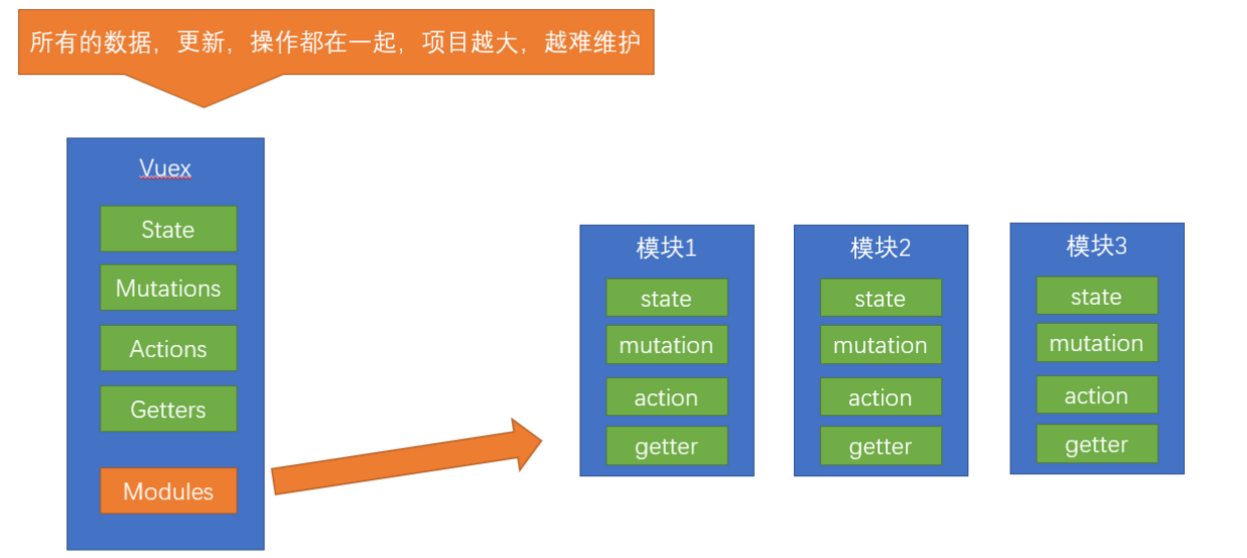
22.11.1 模块定义
定义两个模块 user 和 setting
store下建立modules文件

user中管理用户的信息状态 userInfo modules/user.js
const state = {
userInfo: {
name: 'zs',
age: 18
}
}
const mutations = {}
const actions = {}
const getters = {}
export default {
state,
mutations,
actions,
getters
}
setting中管理项目应用的 主题色 theme,描述 desc, modules/setting.js
const state = {
theme: 'dark'
desc: '描述真呀真不错'
}
const mutations = {}
const actions = {}
const getters = {}
export default {
state,
mutations,
actions,
getters
}
在store/index.js文件中的modules配置项中,注册这两个模块:

import user from './modules/user'
import setting from './modules/setting'
const store = new Vuex.Store({
modules:{
user,
setting
}
})
使用模块中的数据, 可以直接通过模块名访问 $store.state.模块名.xxx => $store.state.setting.desc
也可以通过 mapState 映射
22.11.2 获取模块内的state数据
尽管已经分模块了,但其实子模块的状态,还是会挂到根级别的 state 中,属性名就是模块名

使用模块中的数据:
- 直接通过模块名访问 $store.state.模块名.xxx
- 通过 mapState 映射:
- 默认根级别的映射 mapState([ ‘xxx’ ])
- 子模块的映射 :mapState(‘模块名’, [‘xxx’]) - 需要开启命名空间 namespaced:true
代码示例:
modules/user.js(开启了命名空间)
const state = {
userInfo: {
name: 'zs',
age: 18
},
myMsg: '我的数据'
}
const mutations = {
updateMsg (state, msg) {
state.myMsg = msg
}
}
const actions = {}
const getters = {}
export default {
namespaced: true,
state,
mutations,
actions,
getters
}
$store直接访问
<!-- 测试访问模块中的state - 原生 -->
<div>{{ $store.state.user.userInfo.name }}</div>
mapState辅助函数访问(写在相关模块逻辑代码的computed属性中)
...mapState('user', ['userInfo']),
...mapState('setting', ['theme', 'desc']),
22.11.3 获取模块内的getters数据
回顾:getters是state中筛选出来的一些数据
语法:
使用模块中 getters 中的数据:
- 直接通过模块名访问
$store.getters['模块名/xxx '] - 通过 mapGetters 映射
- 默认根级别的映射
mapGetters([ 'xxx' ]) - 子模块的映射
mapGetters('模块名', ['xxx'])- 需要开启命名空间
- 默认根级别的映射
代码演示:
modules/user.js
const getters = {
// 分模块后,state指代子模块的state
UpperCaseName (state) {
return state.userInfo.name.toUpperCase()
}
}
Son1.vue 直接访问getters
<!-- 测试访问模块中的getters - 原生 -->
<div>{{ $store.getters['user/UpperCaseName'] }}</div>
Son2.vue 通过命名空间访问
computed:{
...mapGetters('user', ['UpperCaseName'])
}
22.11.4 获取模块内的mutations方法
回顾:mutations是一个对象,对象中存放修改state的方法
注意:默认模块中的 mutation 和 actions 会被挂载到全局,需要开启命名空间,才会挂载到子模块。
调用方式:
- 直接通过 store 调用 $store.commit('模块名/xxx ', 额外参数)
- 通过 mapMutations 映射
- 默认根级别的映射 mapMutations([ ‘xxx’ ])
- 子模块的映射 mapMutations(‘模块名’, [‘xxx’]) - 需要开启命名空间
代码实现:
modules/user.js
const mutations = {
setUser (state, newUserInfo) {
state.userInfo = newUserInfo
}
}
modules/setting.js
const mutations = {
setTheme (state, newTheme) {
state.theme = newTheme
}
}
Son1.vue
<button @click="updateUser">更新个人信息</button>
<button @click="updateTheme">更新主题色</button>
export default {
methods: {
updateUser () {
// $store.commit('模块名/mutation名', 额外传参)
this.$store.commit('user/setUser', {
name: 'xiaowang',
age: 25
})
},
updateTheme () {
this.$store.commit('setting/setTheme', 'pink')
}
}
}
Son2.vue
<button @click="setUser({ name: 'xiaoli', age: 80 })">更新个人信息</button>
<button @click="setTheme('skyblue')">更新主题</button>
methods:{
// 分模块的映射
...mapMutations('setting', ['setTheme']),
...mapMutations('user', ['setUser']),
}
22.11.5 获取模块内的actions方法
**注意:**默认模块中的 mutation 和 actions 会被挂载到全局,需要开启命名空间,才会挂载到子模块。
调用语法:
- 直接通过 store 调用 $store.dispatch('模块名/xxx ', 额外参数)
- 通过 mapActions 映射
- 默认根级别的映射 mapActions([ ‘xxx’ ])
- 子模块的映射 mapActions(‘模块名’, [‘xxx’]) - 需要开启命名空间
代码实现:

modules/user.js
const actions = {
setUserSecond (context, newUserInfo) {
// 将异步在action中进行封装
setTimeout(() => {
// 调用mutation context上下文,默认提交的就是自己模块的action和mutation
context.commit('setUser', newUserInfo)
}, 1000)
}
}
Son1.vue 直接通过store调用
<button @click="updateUser2">一秒后更新信息</button>
methods:{
updateUser2 () {
// 调用action dispatch
this.$store.dispatch('user/setUserSecond', {
name: 'xiaohong',
age: 28
})
},
}
Son2.vue mapActions映射
<button @click="setUserSecond({ name: 'xiaoli', age: 80 })">一秒后更新信息</button>
methods:{
...mapActions('user', ['setUserSecond'])
}
Vuex模块化的使用小结
1.直接使用
- state --> $store.state.模块名.数据项名
- getters --> $store.getters[‘模块名/属性名’]
- mutations --> $store.commit(‘模块名/方法名’, 其他参数)
- actions --> $store.dispatch(‘模块名/方法名’, 其他参数)
2.借助辅助方法使用
1.import { mapXxxx, mapXxx } from ‘vuex’
computed、methods: {
// …mapState、…mapGetters放computed中;
// …mapMutations、…mapActions放methods中;
…mapXxxx(‘模块名’, [‘数据项|方法’]),
…mapXxxx(‘模块名’, { 新的名字: 原来的名字 }),
}
2.组件中直接使用 属性 {{ age }} 或 方法 @click="updateAge(2)"
